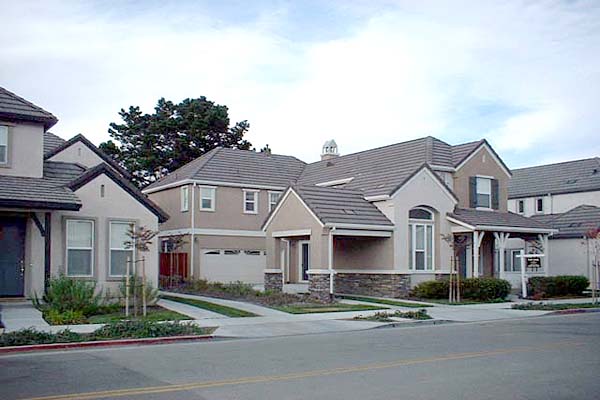DRAIN
Understanding Drainage in Real Estate: Rights and Responsibilities
In the realm of real estate, the concept of drainage plays a pivotal role in land use, property development, and the relationship between neighboring landowners. Essentially, a drain refers to a ditch or any other infrastructure that facilitates the natural flow of water off land. This natural drainage system holds significant implications for property owners, particularly concerning the rights and responsibilities associated with managing water flow to prevent detriment to neighboring land.
The Principle of Unobstructed Drainage
Central to the understanding of drainage in real estate is the principle that a landowner is generally prohibited from obstructing or diverting the natural flow of water to the detriment of another landowner. This principle underscores the interconnectedness of land parcels and the shared responsibility to manage water drainage in a manner that does not inflict harm on neighboring properties.
Legal Implications and Responsibilities
From a legal standpoint, landowners are obligated to refrain from actions that impede the natural drainage patterns, which could lead to flooding, erosion, or other forms of damage to adjacent properties. This legal principle aims to maintain the integrity of natural drainage systems and safeguard the rights of neighboring landowners.
Property Development and Drainage Considerations
In the context of property development, understanding the dynamics of drainage is essential. Developers and property owners must consider the impact of construction, landscaping, and other modifications on the natural flow of water. Failure to address drainage considerations adequately can result in legal disputes, property damage, and potential liabilities.
Collaboration and Mitigation Measures
To navigate the complexities of drainage in real estate, collaboration and proactive measures are key. Open communication between neighboring landowners, local authorities, and development stakeholders can facilitate the implementation of effective drainage solutions and mitigate potential conflicts arising from water management issues.
To navigate the complexities of drainage in real estate, collaboration and proactive measures are key. Open communication between neighboring landowners, local authorities, and development stakeholders can facilitate the implementation of effective drainage solutions and mitigate potential conflicts arising from water management issues.
Conclusion
In conclusion, the management of drainage in real estate embodies a shared responsibility and legal obligation to uphold the unobstructed flow of water to prevent harm to neighboring properties. By recognizing the significance of drainage, respecting legal principles, and engaging in collaborative efforts, property owners and developers can contribute to sustainable and harmonious land use practices.
For further insights into real estate law, property development, and land management, feel free to reach out to us for additional information and guidance.
How can property owners collaborate to address drainage issues effectively?
What are the legal responsibilities regarding drainage on neighboring properties?
Why is understanding drainage crucial for property development and land use?
MORE REAL ESTATE TERMS
A, B, C, D, E, F, G, H, I, J, K, L, M, N, O, P, Q, R, S, T, U, V, W, X, Y, Z
Featured New Home

Featured Mortgage Brokers
- ENVOY MORTGAGE LTD, COLORADO SPRINGS, CO
6760 CORPORATE DR STE 130
COLORADO SPRINGS, CO 80919 - FLAGSTAR BANK FSB, VIENNA, WV
510 GRAND CENTRAL AVE
VIENNA, WV 26105 - FIRST PRIORITY FINANCIAL INC, BENICIA, CA
1350 HAYES ST STE C14
BENICIA, CA 94510 - EVERETT FINANCIAL INC, ORANGE BEACH, AL
25910 CANAL RD STE N
ORANGE BEACH, AL 36561 - NEIGHBORS FINANCIAL CORP, SACRAMENTO, CA
2831 G ST STE 200
SACRAMENTO, CA 95816